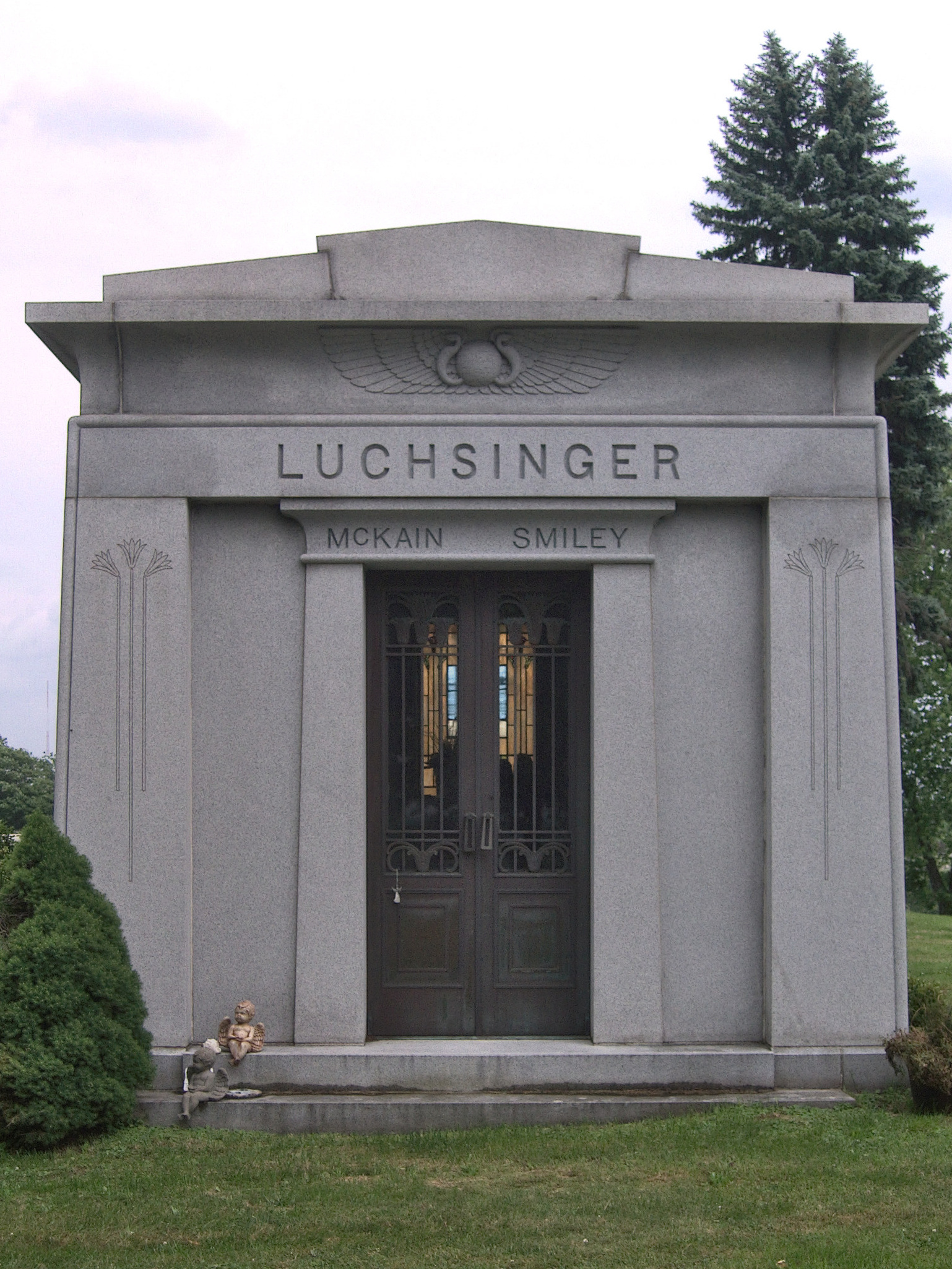These two stones are immense, the largest vertical stones of their era that Father Pitt has seen. Indeed, he wonders whether they were originally meant to lie flat, and later set up like this. —Addendum: Comparing these to other “ledger” stones of the same era, old Pa Pitt is almost completely convinced that these were ledger stones, meant to lie flat. Compare, for example, the Moses Coulter stone, and note the almost identical beveling. These have been much better preserved by raising them perpendicular to the ground.
JANE DICKSON
consort of
WILLIAM DICKSON
departed this life July 13th 1828
Aged 90 years
Jane Dickson, “consort” of William Dickson, lived to the fine old age of ninety. She thus outlived her husband by three years, but only because she was eight years younger.
In
memory
of
WILLIAM DICKSON
who departed this life
october 31st 1825
Aged 101 years
As you can see, outliving William Dickson was a considerable feat for anybody, and Jane is to be commended for an outstanding effort.
Father Pitt is inclined to attribute both these stones to our friend the Master of the Erratic Centering. He is sure about William’s stone: note the avoidance of capitalization (“october”), the spelling of the deceased’s name in large and small capitals, and the trademark erratic centering. Old Pa Pitt is only slightly less sure about Jane’s: the letters are in the same style, and though the work looks very slightly neater, we are inclined to attribute that to the stonecutter’s being slightly more experienced or slightly less drunk.













